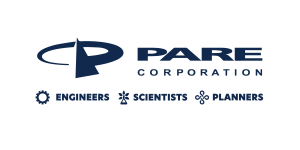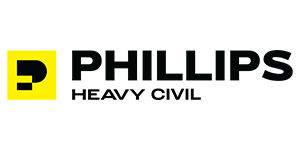Resource
Comprehensive Needs Assessment for Oroville Dam and Appurtenant Facilities
Oroville Dam is located on the Feather River in northern California near Sacramento and is owned and operated by the California Department of Water Resources (DWR). At 770 feet in height, the zoned earth embankment is the highest dam in the United States. It is a key facility of the State Water Project (SWP) that includes 34 storage facilities and over 660 miles of canals and pipelines. Following the 2017 Oroville Spillway Incident, DWR made a commitment to federal and state dam safety agencies to formally initiate a Comprehensive Needs Assessment (CNA) to identify and prioritize potential dam safety enhancements and improvements to provide increased operational flexibility for the future. As part of this Assessment, a list of prioritized dam safety and operational reliability needs would be produced and a range of potential improvements would be identified. These potential improvements would then be available for consideration by DWR in managing the overall risks associated with numerous dams and water resource facilities within the portfolio of infrastructure that comprises the SWP.
The CNA Initiative began in 2018 and was completed in August 2020. Six task teams were formed to examine potential vulnerabilities and improvements for the Embankments, Gated Spillway, Emergency Spillway, Outlets, Operations, and Instrumentation associated with the Oroville Dam Complex. Among the many efforts was the completion of one of the most extensive semi-quantitative risk analyses ever performed. Over 300 potential failure modes (PFMs) were initially considered. In addition, multiple consequence states were considered ranging from ultimate failure and an uncontrolled release of water, to heavy damage without uncontrolled release, to minor damage, to no damage for each PFM. This resulted in 3 to 4 failure states, or scenarios, for each PFM – each with its own estimated annual probability and set of consequences. In addition, 5 potential consequences were evaluated for each scenario: Public Safety, Regulatory Compliance impacts, SWP Water Delivery impacts, other SWP Purposes impacts, and Financial impacts. These 5 potential consequences matched those previously developed for DWR’s Asset Management Matrix, an extended version of which was used in the CNA initiative. In the end, 129 PFMs were carried forward with over 400 PFM scenarios considered and over 2,000 consequence states evaluated. These risk assessments were able to benefit from hydrologic, seismologic risk, embankment filter, seepage, structural, and stability analyses recently completed for various facilities at the site. Overall, the risk evaluations indicated that Oroville Dam had relatively low and/or tolerable risks.
Following the completion of the semi-quantitative risk analyses for the various facilities under Existing Conditions, a range of potential improvement measures were developed to reduce estimated risks to even lower levels. The initial improvement measures were developed during brain-storming sessions by the Task Teams, and then later evaluated to eliminate those that were unnecessary or had fatal flaws, and to identify those that were better able to address the most significant potential risks. In the end, 33 potential improvement Measures were developed for inclusion in potential Alternative Plans for reducing potential risks. The 33 potential improvement Measures ranged from relatively minor, inexpensive efforts such as adding an impervious lining to a canal above the area control center to major new facilities such as a new low-level outlet or a new gated concrete spillway. The Alternative Plans developed considered different combinations of the potential Measures ranging from just a few Measures to an Alternative Plan with over 17 potential improvement Measures. The CNA teams evaluated the potential Alternative Plans with respect to residual risk, their abilities to meet robustness, redundancy, and resiliency concepts, and good engineering and best practices. In the end, the CNA Initiative recommended consideration of a set of Alternative Plans with different levels of investment and potential residual risk for future consideration by DWR. It also recommended Early and Interim Implementation Projects for implementation in the near term. This paper describes the efforts of the CNA Initiative, the risk analyses completed, and the process for developing risk reduction Measures and Alternative Plans.
































